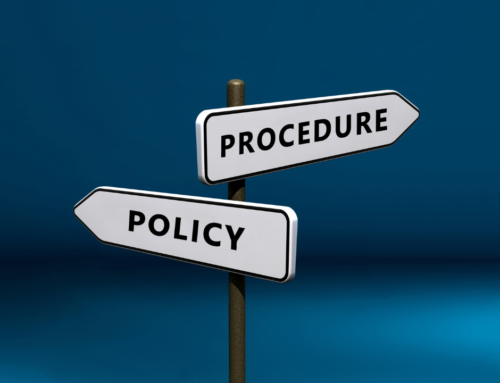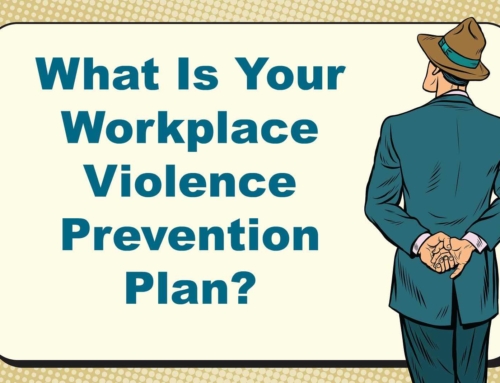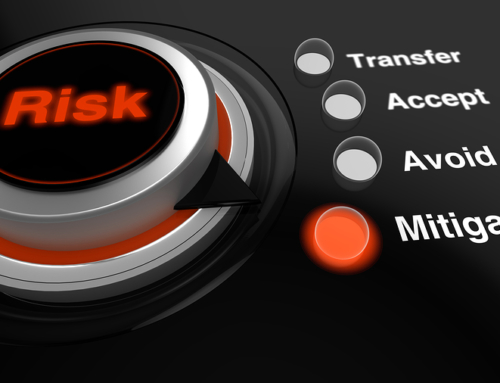Can Your Business Afford the Cost of Workplace Violence?
The recent San Bernardino, California shooting incident is a startling reminder of the escalating violence at businesses. Fourteen deaths and a $58 million lawsuit are just the beginning of the reaction to this event.
Workplace violence is something all businesses should assess and have a plan to address.
According to the Bureau of Labor Statistics, there were 13,827 workplace homicide victims from 1992 to 2010 – which is about two per day.
Over 1,500 nonviolent crimes occurred every day at workplaces in 2009, according to the Bureau of Justice. Although these alarming statistics are likely to increase, most businesses do not have a proactive plan on how to prevent or address such an incident.
The Occupational Safety and Health Administration (OSHA) defines Workplace violence as an act or threat of physical violence, harassment, intimidation or other threatening disruptive behavior that occurs at the worksite – and reported cases of workplace violence continue to rise. OSHA now averages over 2 million reported cases of violence each year. It’s estimated that businesses in the United States have an economic cost of over $170 billion as a result of workplace violence.
The statistics are staggering, and the problem continues to worsen.
A Key to the Solution – Train Your Team to Spot it Before it Happens
Businesses, managers and employees need to be trained on how to recognize the early stages of behavior in co-workers that may lead to some types of workplace violence.
Changes in behavior to be aware of include:
- Excessive tardiness or absence
- Reduced productivity
- Strained workplace relationships
- Changes in health/hygiene
- Fascination with weapons
- Substance abuse
- Excuses and blaming, and/or depression
Knowing your co-workers and being able to identify changes in their behavior enables a business to provide early intervention. Establishing reporting procedures for employees and supervisors also helps with early detection.
Background Checks
Several other techniques have proven successful in establishing standards around behavior, such as conducting background checks. When hiring new employees, review all of the information to determine if the employee has a history of violence or threats. This is where that zero-tolerance policy for any type of violence, including verbal abuse or harassment will really come in handy. This type of behavior should be immediately addressed with disciplinary consequences, possibly including termination.
Be sure to follow the guidelines for your background check to ensure your path of discovery and employment decisions protect your company from future legal entanglements.
Your zero-tolerance policy should be spelled out during employee orientation, in the employee handbook and during ongoing training.
Creating a process for reporting and monitoring employees displaying dangerous or suspect behaviors is also important.
Physical security and safeguards are another essential factor.
This includes locking appropriate doors, analyzing security procedures and developing consistent standards. Employers may be sued for negligence if they were aware of but did not address a potentially dangerous situation.
It comes back to the fact that the employer is responsible for creating a safe environment.
Your Business Can Be Responsible!
A case of Relationship Violence in the Workplace in Missouri demonstrates the practical and legal challenges many employers face in today’s environment. On Nov. 20, 2012, an employee was shot by her estranged boyfriend as she walked to her vehicle in the work parking lot. Due to previous criminal activity in and around the parking lot, a Jackson County jury awarded a $3.25 million judgment against the employer. Another factor in the judgment was that the employee had reported concerns about her boyfriend to human resources prior to the incident.
All businesses should assess their risk, develop a plan, provide ongoing training, practice their plan and determine if additional insurance is appropriate.
Our world is changing; be proactive in approaching this emerging risk.







Leave A Comment